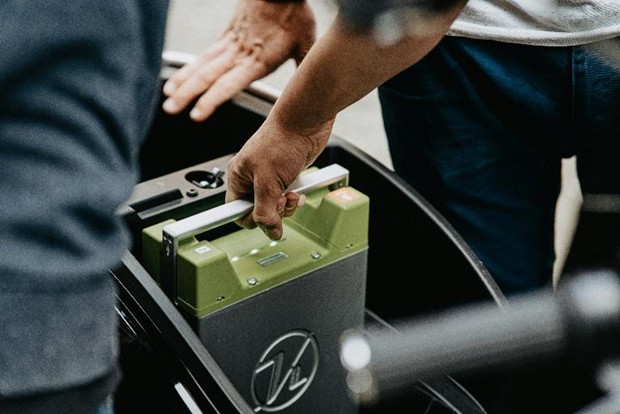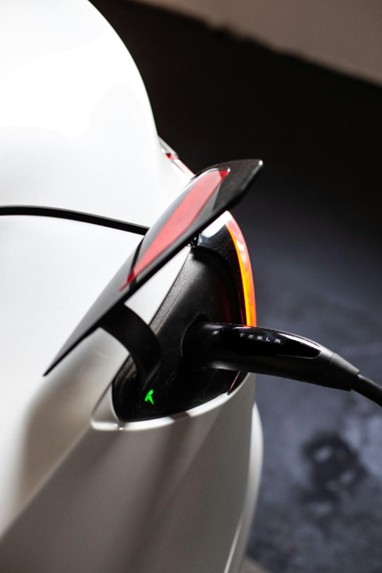When summer arrives and temperatures rise, it marks one of the most critical times for electric vehicle owners to pay attention. Excessive heat directly affects the battery's performance and lifespan, leading to both a decrease in range and accelerated cell degradation. With the right precautions, you can minimize the negative effects of hot weather and enjoy a comfortable and safe charging and driving experience. Here is a detailed guide for you under four main headings!
The Effect of Hot Weather on Electric Vehicles
High ambient temperatures cause the following changes in battery chemistry:
Increased internal resistance: As battery cells heat up, their internal resistance increases. This causes some of the energy to be converted into heat.
Rapid capacity loss: The increased speed of chemical reactions triggers irreversible degradation in the cells, leading to a drop in real capacity.
Overheating thermal management system: The air conditioning and cooling hardware remain constantly active, consuming extra energy and further reducing the range.
As a result of these effects, your range can decrease by 5%–15% compared to normal conditions. Additionally, the extra energy consumption due to high air conditioning use will also shorten your journey.
Electric Vehicle Battery Maintenance in Summer
The most effective ways to protect your battery in the fight against hot weather are:
Shaded and Cool Parking Spots
- Avoid parking directly under the sun in the middle of the day.
- If possible, prefer covered parking garages, shaded areas, or spots near the north-facing sides of buildings.
Pre-Conditioning
- Activate this mode, which brings the battery to its ideal temperature before charging, 10–15 minutes before you start charging.
- This allows the cells to charge quickly and balancedly without overheating.
Regular Software Updates
- BMS (Battery Management System) updates offered by the manufacturer optimize sensor and control algorithms for hot conditions.
- Do not neglect these updates; both your safety and efficiency will thank you.

Vehicle Charging and Weather Conditions: Correct Timing
Timing is crucial to make the charging process as efficient as possible:
Early morning and late night: To avoid thermal stress, charge when the sun has not yet risen or has already set.
Scheduled charging window setting: Use your charging unit's or mobile app's timer to postpone charging to the coolest hours.
Shaded charging locations: Portable canopies, tarps, or enclosed garages allow both the vehicle and the charger to operate at a lower temperature.
Journey Planning in Hot Weather Conditions
Plan your journey with the following steps, taking into account range losses due to heat:
- Leave a range buffer: Plan your route with a value 10%–20% lower than your theoretical range.
- Add extra charging stations: Minimize uncertainties created by heat by identifying extra rest stops on critical routes. Using a charging station map is beneficial.
- Prefer DC fast charging: Short-duration, high-power DC charging does not expose the battery to hot conditions for a long time, thus limiting range loss.

Summer's high temperatures can challenge your electric vehicle's battery, but it's entirely in your hands to manage this effect with the right strategies. In summary:
- Move your parking and charging locations to shaded, cool, or enclosed areas.
- Bring the battery to its ideal temperature by actively using pre-conditioning and timer features.
- Optimize the BMS's temperature control with software updates.
- Support your journey plan with a range buffer and extra charging points.
These simple yet effective measures will help you preserve your electric vehicle's range, extend your battery's health, and enjoy a comfortable driving experience during the summer months. We wish you comfortable and safe journeys! 🚗☀️🔋








